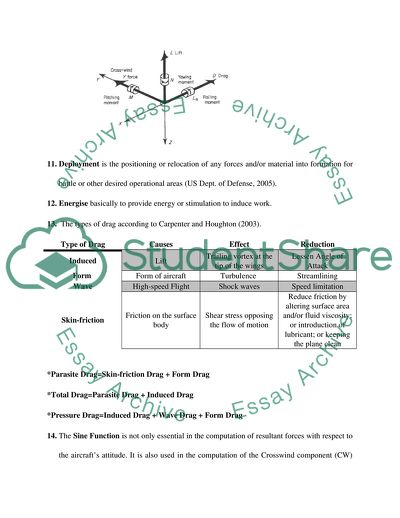Cite this document
(The Newtons Law of Motion Report Example | Topics and Well Written Essays - 1250 words, n.d.)
The Newtons Law of Motion Report Example | Topics and Well Written Essays - 1250 words. https://studentshare.org/engineering-and-construction/1775173-fundamental-of-flight
The Newtons Law of Motion Report Example | Topics and Well Written Essays - 1250 words. https://studentshare.org/engineering-and-construction/1775173-fundamental-of-flight
(The Newtons Law of Motion Report Example | Topics and Well Written Essays - 1250 Words)
The Newtons Law of Motion Report Example | Topics and Well Written Essays - 1250 Words. https://studentshare.org/engineering-and-construction/1775173-fundamental-of-flight.
The Newtons Law of Motion Report Example | Topics and Well Written Essays - 1250 Words. https://studentshare.org/engineering-and-construction/1775173-fundamental-of-flight.
“The Newtons Law of Motion Report Example | Topics and Well Written Essays - 1250 Words”. https://studentshare.org/engineering-and-construction/1775173-fundamental-of-flight.


